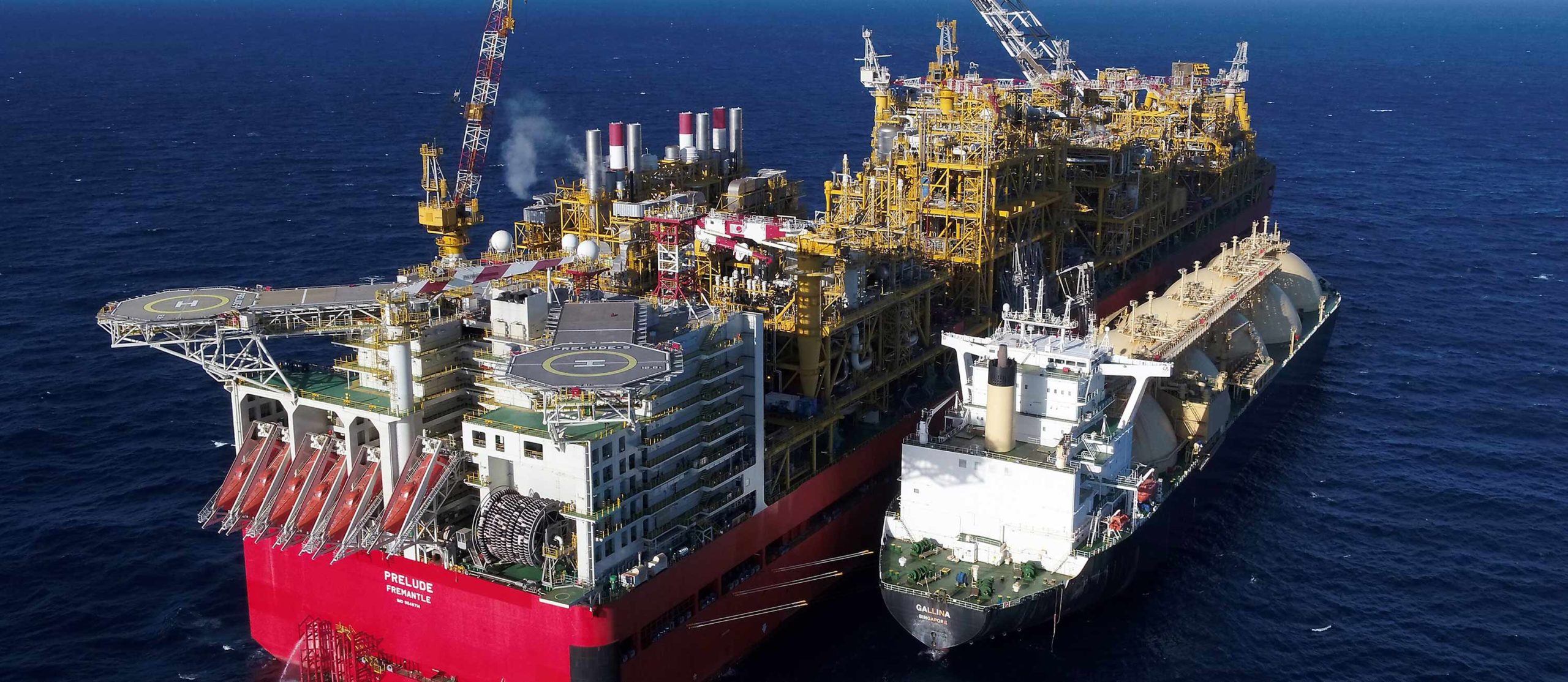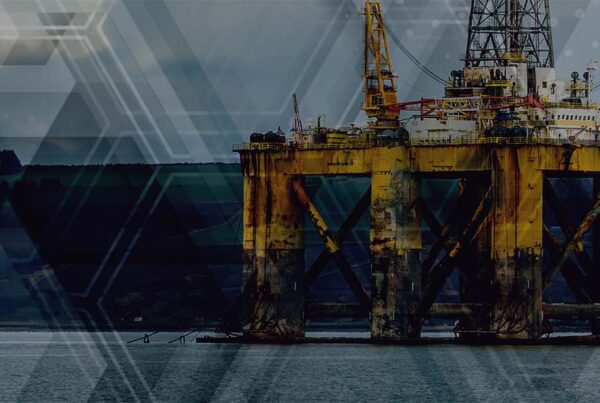Despite challenging market conditions, global capital expenditure (Capex) on FLNG facilities is forecast to increase significantly over the 2016-2022 period. The protracted oil price downturn has impacted the sanctioning of capital intensive liquefaction units over the last 24 months. However, the need to move towards cleaner sources of energy and diversify gas supply has stimulated the floating regasification market – over 14 countries are expected to commission their first floating import unit over the forecast period.
These are some of the findings from Douglas-Westwood’s (DW) latest World FLNG Market Forecast with global FLNG Capex expected to total $41.6 billion (bn) during 2016-2022, compared with $11.4bn 2009-2015 – an increase of 264%. Report author, Mark Adeosun, commented, “Liquefaction vessels will account for approximately 59% of forecast expenditure, with the remaining 41% allocated to import and regasification terminals. Near-term growth in expenditure will be predominantly driven by a number of flagship liquefaction projects sanctioned prior to the oil price downturn.
“Global expenditure is expected to peak in 2017 as the first wave of sanctioned projects come onstream. Reduced project sanctioning will likely impact the market towards the end of the decade – with expenditure forecast to decline significantly in 2019 – before stagnating over the 2019-2021 period. Long term prospects are positive; a marginal uptick in spending is expected in 2022 driven by the sanctioning of a second wave of capital intensive liquefaction projects. Over the forecast period, Africa and Asia will be key areas for liquefaction and regasification units – with both regions accounting for 54% of total global expenditure. Spend in Australasia is set to decline post 2018 after the installation of the Prelude FLNG.
“Despite near-term concerns, the long-term viability of FLNG technology is clear. In the decades ahead, natural gas will continue to play an increasingly important role in meeting global energy demand. Furthermore, the rising cost of onshore development terminals and the shorter lead times of floating units make the technology a viable option in the current market environment.”
Forecast FLNG spend of over $41 billion following wave of landmark projects




